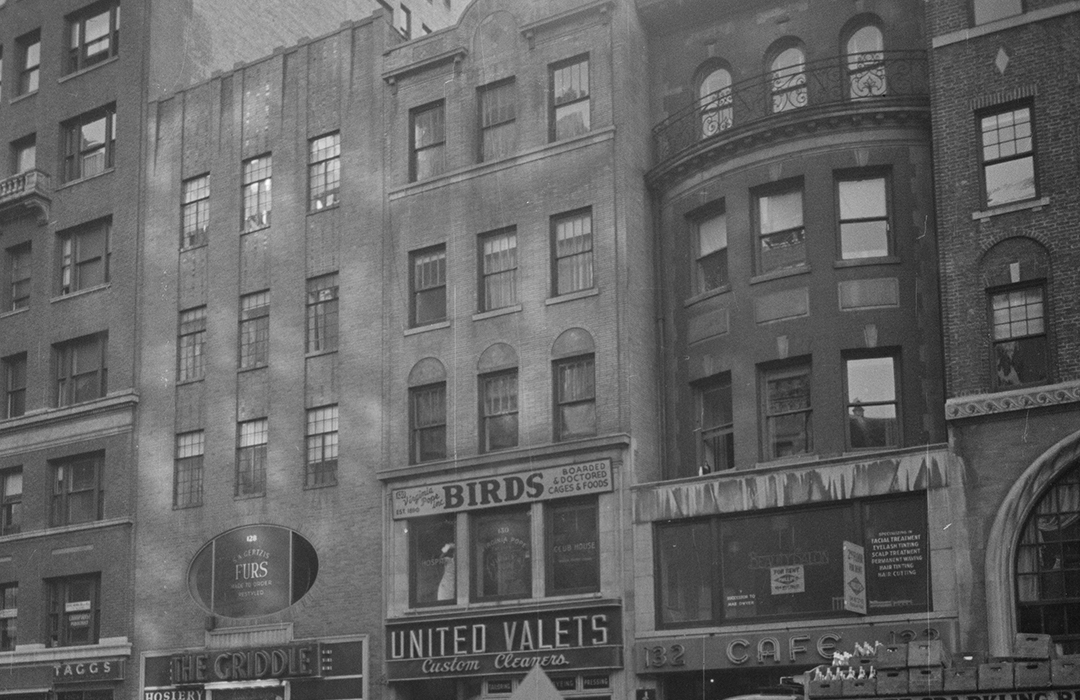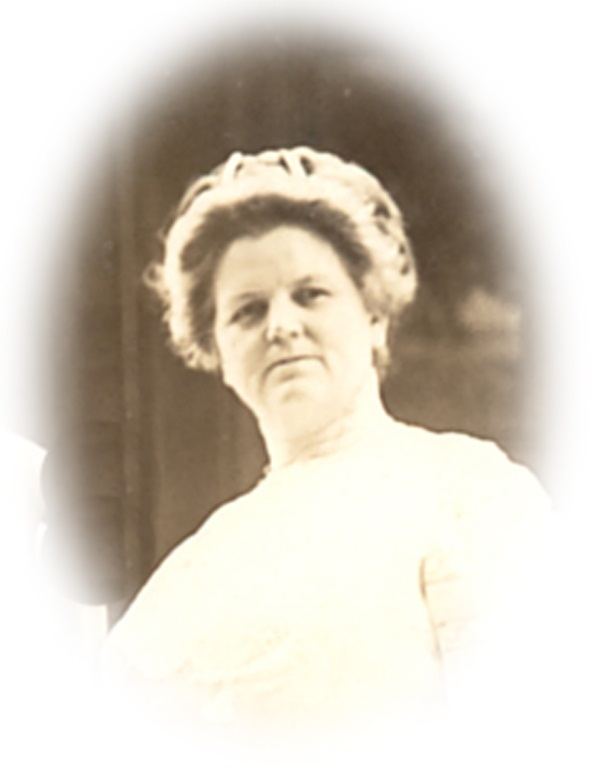
View of 130 West 72nd Street from north. Courtesy NYC Municipal Archive LINK
Freedom of the Haworth Press
by Tom Miller
One of the few professions in which women held their own among men in the 19th century was real estate development. Among those determined businesswomen was Margaret Crawford who, in 1883, hired architect Gilbert A. Schellenger to design a row of five upscale homes on West 72nd Street between Columbus Avenue and Broadway.
The row was completed the following year and 130 West 72nd Street was sold to George Bence and his wife, the former Margaret A. Kane. Bence was born in Wilna, New York in 1829 and when still a young man traveled to the West Coast where he first raised cattle and then went into “general mercantile pursuits,” according to the New York Herald later. He came to New York City in 1863 and opened what that newspaper called “an extensive cigar manufactory.”
On November 3, 1889, Bence died at 130 West 72nd Street at the age of 59. The couple had no children and now Margaret’s brother, Michael Kane, and his family moved in with her. Margaret Bence died on February 8, 1910 at the age of 72. She divided her estate—more than $28 million in today’s money—between her two nieces, Elizabeth Healy, who received one-third, and Kathleen Kane Donahue, who inherited the remainder.
Sisters Elizabeth and Katherine also inherited the 72nd Street house in the same proportions. Shortly afterward, they and their husbands all moved in with the women’s father, Michael Kane. In June 1910 The Rockaway News noted that the families “are occupying the Bence mansion at 130 West Seventy-second street.”
The second-floor space was leased to Genevieve Behrend, a spiritual healer. She operated here for about two years, touting “Jesus’ Method for Instantaneous Healing.”
Elizabeth’s husband was attorney Edmund J. Healy, who had been admitted to the bar in 1873. The couple maintained a country home in Far Rockaway. Kathleen’s husband was John Vincent Donahue. Confusingly for society papers, he shared his name with the John Vincent Donahue who had married Jessie Woolworth, daughter of the five-and-dime store fortune.
By the time the 86-year-old Michael Kane died here on April 2, 1916, the neighborhood was changing. Shops were being added to the lower floors of former mansions, and other homes were being demolished for apartment buildings. After having been in the family for decades, Kathleen sold 130 West 72nd Street in October 1922 to Paul Whitcomb and Swift Tarbell. The Real Estate Record & Guide noted, “this is one of the few remaining private houses on the south side of the block between Columbus and Amsterdam avs. which have not been altered for business or apartments.”
That situation would not last for long. The new owners leased the building to the Baltimore Daily Lunch, which hired architect Eugene de Rosa to significantly remodel it. The stoop was removed, and the façade stripped off, to be replaced by a modern brick front with a two-story commercial section. The renovations, completed in 1923, resulted in a lunchroom on the ground floor, office space on the second, and apartments above.
The second-floor space was leased to Genevieve Behrend, a spiritual healer. She operated here for about two years, touting “Jesus’ Method for Instantaneous Healing.” She gave lectures here, as well, such as her talk on “The Law of Demand and Supply,” on November 16, 1923. In announcing that lecture, she promised, “If you know this law and use it all the good things in life can be yours.”
Living in the building in 1927 was vaudeville entertainer Mildred Anders. She and her sisters performed in the Anders Sisters’ Revue. Nearly nothing could be as terrifying to a vocalist than tonsilitis, but on October 29, 1927 The Billboard reported that she “was operated on for a tonsil infection last week. She is resting at her home, 130 West 72d street, New York.”
By 1941 the ground floor was home to United Valets, “cleaning and pressing,” while Birds, a women’s clothing shop, occupied the second floor. The dry cleaners was still here in 1945 when Edith Becton Urhbrock took over the second floor “as a dramatic school,” according to the New York Herald.
That space was home to the Haworth Press by 1973. The low-budget publisher introduced a bimonthly newsletter that fall, the Serials Librarian. In announcing its release, Haworth Press explained “the newsletter will concentrate on practical aspects of serials management, such a selection and acquisition, cataloguing and classification,” etc.
Two years later the publisher released a controversial quarterly publication, the Journal of Homosexuality. It offended the reviewer of the Social Responsibilities Round Table Newsletter. On the long list of criticisms laid out in its March 1975 issue was, “Next is the usual insult of discussing Gays in the context of their crotches.” The overall critique was, “The Journal of Homosexuality seems to be the repository of a non-science that finds Gayness qualitatively less human that Straightness, albeit not pathological.”
He was hiking in the mountains of Orange County, New York, on June 30, 1977 when he suffered a fatal stroke at the age of 69.
Living in the building at the time was Ernst Oster, a widely known musicologist. A teacher at the Mannes College of Music, he had also taught at the New England Conservatory of Music in Boston. He taught privately, as well, and among his students was pianist Peter Serkin. Born in German, Oster had come to America in 1939. He was hiking in the mountains of Orange County, New York, on June 30, 1977 when he suffered a fatal stroke at the age of 69.
Haworth Press was displaced by Home Exchange International around 1983. The service arranged home exchanges for East and West Coast residents as well as in Europe. The ground floor had been home to Borger’s Hardware since around 1978. By 1983, the owners turned their focus to radios and television, changing the store’s name to Borger’s Audio.
The succession of businesses continued with Fine & Schapiro here in 1985 when New York Magazine called its “great homemade chicken soup” the best in the city. The Chocolate Letter was in one of the commercial spaces from about 1984 to 2016. And more recently Friedman’s Restaurant took the ground floor.
Tom Miller is a social historian and blogger at daytoninmanhattan.blogspot.com
LEARN MORE ABOUT
130 West 72nd Street
Next Stop
Be a part of history!
Shop local to support the businesses currently at 130 West 72nd Street:
Meet Miguel Yip!



